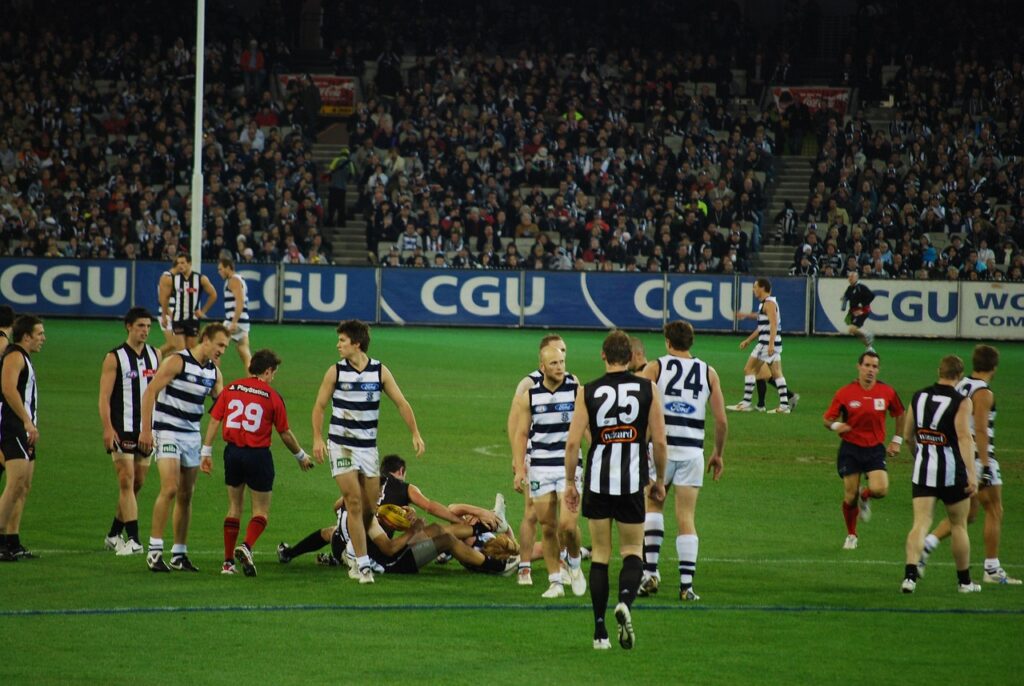
Ever looked at a betting line and wondered whether it’s fair or completely off? Understanding how sportsbooks set their odds is one of the most valuable skills for any bettor. The line you choose determines your edge, your payout and ultimately your success.
Behind every number is a careful balance of data, algorithms and human psychology. In a state like New York, where sports betting has exploded since legalization, New York bookmakers have become experts at reading both the market and the mindset of local fans. Learning to recognize what makes a good betting line, and how to spot a bad one helps you see the game from a professional’s perspective instead of a fan’s.
What is a betting line?
A betting line represents how oddsmakers expect a sporting event to play out. It shows the likelihood of a particular outcome and how much you could win if your bet is successful. For example, if the Knicks are listed at -4.5 against the Nets, the Knicks must win by at least five points for your bet to cash.
Bookmakers create lines that aim to attract equal betting action on both sides. This balance ensures the sportsbook’s profits regardless of the game’s outcome.
New Jersey sportsbooks, especially, are known for adjusting their odds quickly based on local sentiments and real-time data. If too many people back the Knicks after a big win, you might see the line move to -5.5 to encourage more bets on the opposing team.
How bookmakers create betting lines
Setting a betting line starts with analysis. Bookmakers use massive databases of player statistics, injury reports, weather conditions and even referee tendencies to build a model that predicts the likely result of a game. From there, they adjust the line based on factors like home advantage, travel fatigue and betting history between the two teams.
But the process is not entirely mathematical. Oddsmakers also take into account how the public will react. If they expect heavy support for a popular team, they might make the line slightly less favorable to balance the action. This human judgment is what separates good bookmakers from average ones. The most accurate lines blend objective data with an understanding of how bettors think.
What makes a good betting line
A good betting line is fair, accurate and responsive to new information. It reflects the true probability of an outcome without being easily exploitable. Here are the signs of a strong line:
Balanced action: Both sides attract similar betting volume, showing the line is well-calibrated.
Data-driven accuracy: The line reflects relevant stats like form, injuries and venue effects.
Consistency: The odds are in line with what other respected sportsbooks are offering.
Quick adjustments: When news breaks, such as a player injury or a lineup change, the line moves quickly.
For bettors, a good line often feels “tight”. It’s difficult to find value because the bookmaker has accounted for most factors. Professional bettors often track line movement across multiple sportsbooks to spot minor differences that could indicate value opportunities.
How to spot a bad betting line
Bad lines exist, and they usually result from either outdated information or an overreaction to public opinion. Recognizing them is essential when it comes to finding profitable bets. Watch for these warning signs:
- Public bias: When a well-known team is heavily favored simply because of its popularity rather than performance.
- Slow reaction time: The sportsbook is late to update its odds after an injury or breaking news.
- Large discrepancies: If one sportsbook offers +7 while others list +4, that might signal an error or an attempt to draw action.
- Emotional pricing: Lines that clearly cater to local fans rather than true probabilities.
For instance, if the Giants are on a winning streak and a line suddenly jumps despite no major team changes, it could be an overreaction. Savvy bettors use these moments to bet the other side before the odds adjust.
Tools and strategies for evaluating betting lines
Modern betting tools make it easier than ever to evaluate lines and identify value. Line comparison websites show how odds differ across sportsbooks, while advanced analytics platforms track historical movement and closing line value.
Keeping an eye on how lines open and where they close can reveal how the market truly feels about a matchup. If the closing line consistently shifts in one direction, it suggests that professional bettors are influencing the odds. Following this movement can help you predict future shifts before they happen.
Additionally, developing a simple personal model using statistics like team efficiency, injury reports and rest days can provide a baseline for evaluating whether a line feels fair or inflated. Over time, comparing your model’s predictions to the sportsbook’s lines helps sharpen your instincts.
Think like a bookmaker
The best bettors think like bookmakers. They analyze games not from a fan’s perspective but from a probability standpoint. They ask: What is the real chance of this outcome, and does the current line reflect it accurately?
It’s not about guessing who will win but about identifying where the odds offer long-term value. Consistently finding small edges, rather than chasing big wins, is what separates recreational bettors from professionals.
To build this mindset, study how sportsbooks operate, monitor market trends and always question why a line exists at a certain number. When you understand how the odds are made, you can spot when they don’t quite add up.


